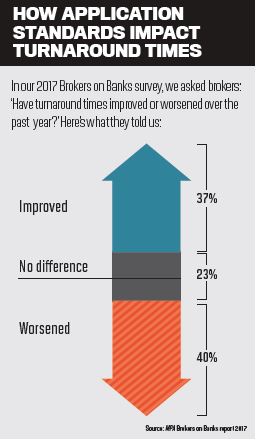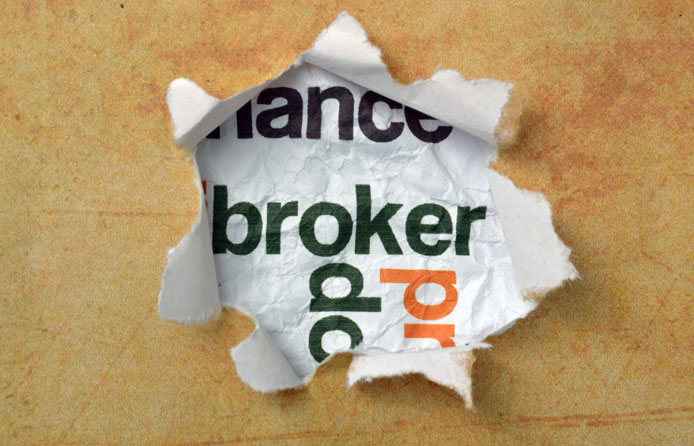The Productivity Commission (PC) had posed the question in its draft report into competition in the Australian financial system of whether consumers should pay service fees, with the aim of finding out if such a model would ensure consumer interests are being served without any conflicting commercial influence.
In a public hearing on Wednesday (28 February), Travis Crouch, divisional CFO for revenue at Bendigo and Adelaide Bank, contended that a “fee-for-service brokerage [would] remove the inherent conflicts involved in a commission-based structure and ensure fees earned are aligned with the value of the service provider”.
The representative explained that the bank relies less on mortgage brokers than other banks, as its primary focus for the last two decades has been on developing a strong branch network.
“We have been focused on the development of a strong branch network primarily since the advent of our community banking model, some 20 years ago, where communities can open a branch of a Bendigo Bank as a franchisee. That remains a reverse enquiry model… We’re not out there selling to a community that you should open a community bank; rather, [the] community comes to us and [says], ‘We would like to open a branch’,” Mr Crouch told the PC in the hearing.
“There is a significant process including feasibility studies [that] they need to go through to show that they could be successful. But we continue to increase our branch footprint primarily through that community bank model.”
Mr Crouch further explained the difference between the organisation’s Adelaide Bank and Bendigo Bank brands, saying: “Our brand that we use in the broker market is the Adelaide Bank brand. The Bendigo Bank brand is our retail offering through our retail and community bank network. The Adelaide Bank brand is effectively an online brand once you take out the mortgage through a mortgage broker.”
Trail “an absurd option”
In response, a PC representative commented that if Adelaide Bank is ultimately an online brand, paying trail commissions must be an “absurd option”.
“For the average loan, $665 per year in perpetuity for an online-based product seems very expensive,” the PC said.
“You presumably have very little choice about that because, as you say, you have to play in the market.”
The Bendigo and Adelaide Bank representative agreed with the comment, drawing back to why the bank believes that a fee-for-service model is “more appropriate”.
Mr Crouch did not, however, deny the importance of brokers, saying that it would be a “brave decision to not participate in that market”, given that “roughly half of Australians [are] choosing to select a mortgage by going to a broker”.
When asked about whether the bank has had to make “either/or” decisions around opening branches in the same location as brokerages, Mr Crouch noted that it has separate strategies for its retail and broker businesses.
“The reality is both are generally competing in the same market, whether that be a geographic market or anything else, and quite often you’ll find one of our branches in the same shopping strip as an outlet of a major broker. So, it is not an either/or in our organisation,” the CFO explained.
“I can’t think of a time when we made a decision around our branch network based on ‘should we actually use a third party in that particular space’.”
While the bank is in support of consumers paying service fees to brokers, its representative acknowledged that “such a change will have significant and varied implications, which will need to be carefully considered before such a change is implemented”.
The proposed monetisation model has been met with criticism from the aggregator and broker community, with Connective director Mark Haron previously telling The Adviser that if brokers charged a fee for service, the Australian broker population would decline significantly, which, in turn, would negatively impact the non-major banks and non-banks that depend on brokers for business. It was his contention that such a model would decrease competition in the Australian financial system.
The major banks — which already control more than 80 per cent of all owner-occupied housing loans and 85 per cent of investor housing loans, according to the Australian Prudential Regulation Authority — would therefore gain additional market share if consumers chose to go directly to banks for their loans in order to avoid paying broker fees, Mr Haron said.
The Connective director also warned that a fee-for-service model could make financial advice less accessible to customers who need it the most, such as first home buyers, and further noted that, by managing home loan applications, brokers actually reduce the workload for banks.
“[Brokers are doing] the work that the banks would have to do themselves, so it’s only fair that the brokers get remunerated by the banks,” the director said.



 Not tough enough
Not tough enough%20(324%20x%20484).jpg)


